Affiliate disclosure: This post may contain affiliate links. Please see our Privacy Policy.
Make your own soothing mullein tea using the plant leaves and flowers—your throat and lungs will thank you when cold and flu season rolls around!
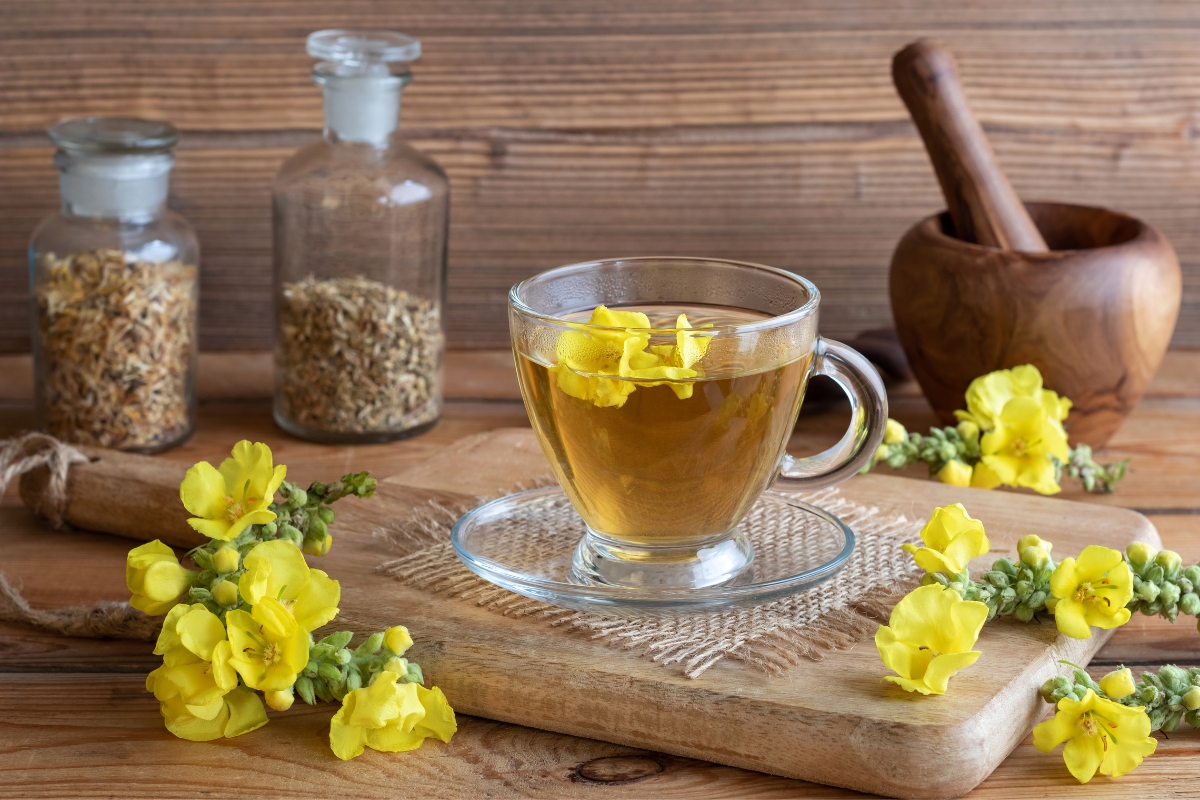
The chances are good that you’ve probably walked right past a stalk of mullein (Verbascum thapsus) in the wild without even knowing it. Or, if the plant is still only a year old, you may have even mowed right over it.
Mullein grows in the wild all over the world, in places as far-ranging as Europe, Asia, North Africa, North America, and Australasia. While the actual species and flower color might change from location to location, the healing benefits of mullein remain the same.
Mullein tea has been used for thousands of years for its herbal medicinal benefits. It’s usage continues to this day, and mullein is still taken for its antimicrobial, anti-inflammatory, and expectorant properties.
Although many people find that tea made from mullein has a sweet taste with an almost peppermint-like flavor, I typically find mullein tea to be on the bitter side. For this reason, when I reach for the dried mullein plant matter it’s most often in response to a scratchy throat or persistent cough.
Whether you order dried mullein for tea online or prefer to forage for your own plant matter, by the time you finish reading this post you’ll be ready to make your own healing mullein tea—just in time cold and flu season!
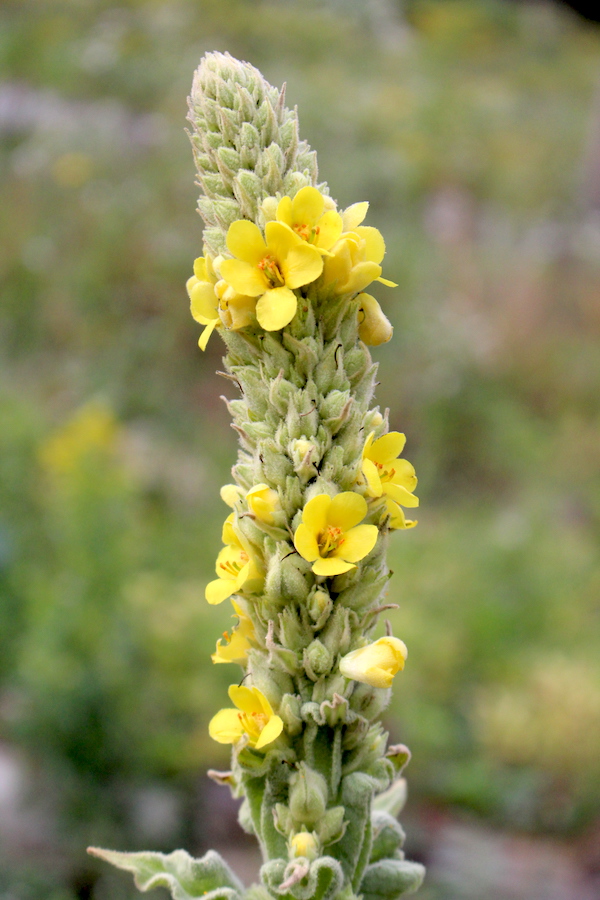
Identifying Mullein
Mullein is fairly easy to identify, especially in its second year of growth, when it can grow into a flower-covered plant up to 7 feet tall. Mullein forms a large basal rosette as it grows, which means it forms an arrangement of leaves that radiate from the base of the stem. These large leaves are typically quite close to the ground.
Mullein Leaves
Mullein leaves are oblong, light green in color, and have a velvety feel. They’re also fairly large, with some leaves reaching up to or over a foot in length. At the base of the stem, mullein leaves have thick stalks and grow in a basal rosette formation. Leaves near the top of the plant are stalkless and the leaves below grow down the stem as thin ridges or wings.
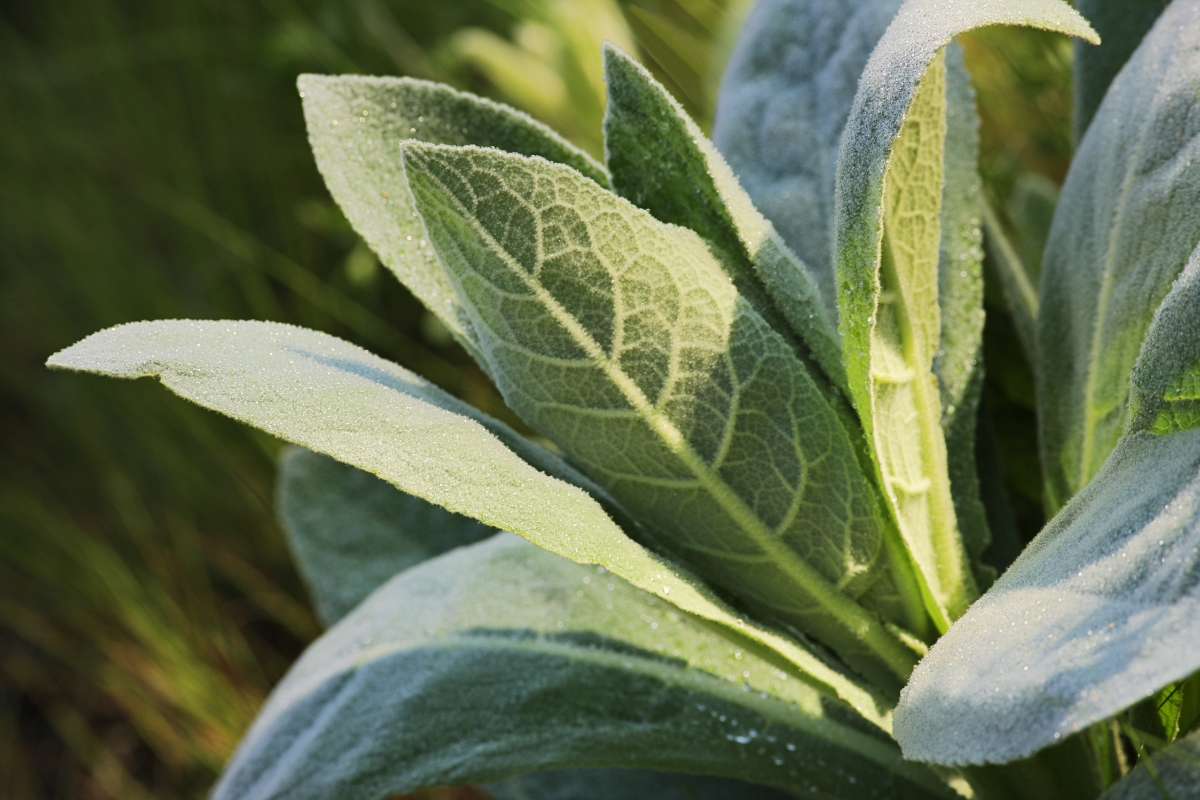
Mullein Stems
Once mullein plants are two years old, the stem can grow anywhere from 2 to 8 feet tall. The stem is covered with fine, white hairs that give the stem a wooly appearance.
Mullein Flowers
Mullein flowers are stalkless, or have very short stalks, and are tightly packed along the stem. The flowers range from 3/4 to 1-inch in diameter and feature radial symmetry (which means the petals are arranged around a central point and have a consistent pattern). Mullein flowers have five petals, five stamens, and one pistil.
The color of mullein flowers varies according to species:
- Common Mullein (V. thapsus) has yellow flowers and it by far the most common type used medicinally
- Phoenician Mullein (V. phoeniceum) has deep violet or purple flowers
- Moth mullein (V. blattaria) has yellow or white flowers
- Nettle-leaf mullein (V. chaixii) has white flowers with purple centers
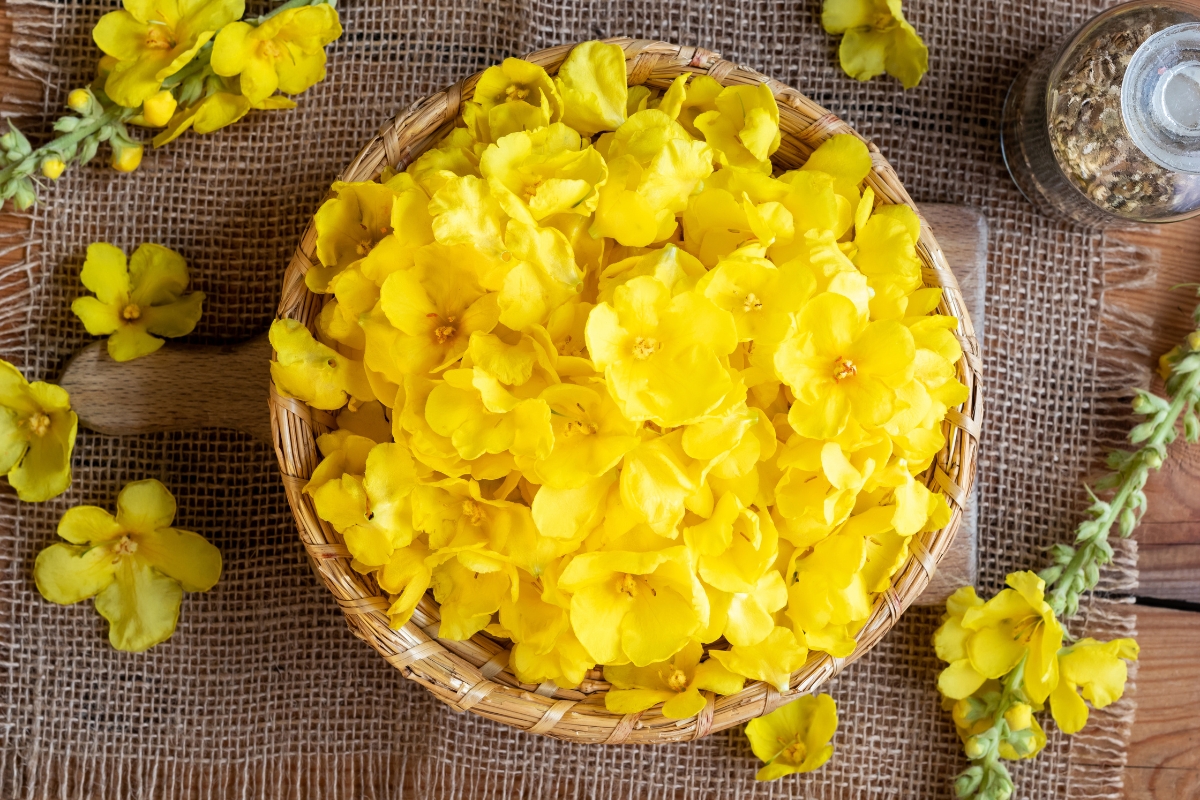
Mullein Roots
Mullein plants grow a deep tap root as well as a system of fibrous roots that allow it to overwinter and survive drought conditions.
Mullein Seeds
Mullein plants produce small, ovoid seed capsules that are about 1/4-inch across. Once these capsules have split open, they release large numbers of mullein seeds that are brown, ridged, and very tiny (less than 0.04 inches in length). Mullein seeds are toxic.
Mullein Look-alikes
Mullein has a couple of plant look-alikes, Evening Primrose, Lamb’s Ear, and Common Comfrey, but thankfully none of them are toxic.
For more detailed information on common mullein look-alikes, check out my in-depth guide to foraging for mullein.
Benefits of Mullein Tea
Mullein has a long history of being used for its medicinal properties in different cultures from all over the world. One of the earliest mentions of the healing benefits of mullein is from over 2,000 years ago, when the Greek physician Dioscorides praised mullein for its effects on pulmonary disease.
Over the years, mullein (applied as an herb-infused oil) has been credited for its healing effects on skin ailments such as eczema, warts, boils, frostbite, and sunburn. Mullein was also used to heal internal health issues such as hemorrhoids, croup, earache, as well as cold and flu symptoms.
In my experience, mullein tea is ultra-soothing for sore throats and coughs. This is because mullein is a natural expectorant, which means it helps thin mucus which then makes it easier for the person suffering from cold symptoms to cough up. Mullein also helps soothe inflammation in the throat because it coats mucus membranes with a thin film. Mullein also has antiseptic and antiviral properties, and has been shown to combat the growth of germs (particularly pneumonia, staph, and E. coli).
In herbal medicine, mullein tea is also taken to help with bladder issues and incontinence although there is little research to support the effectiveness of this usage.
Current research on mullein suggests that plant compounds should be studied in greater depth for their sedative, anti-inflammatory, antibacterial, antifungal, and even anti-cancer properties.
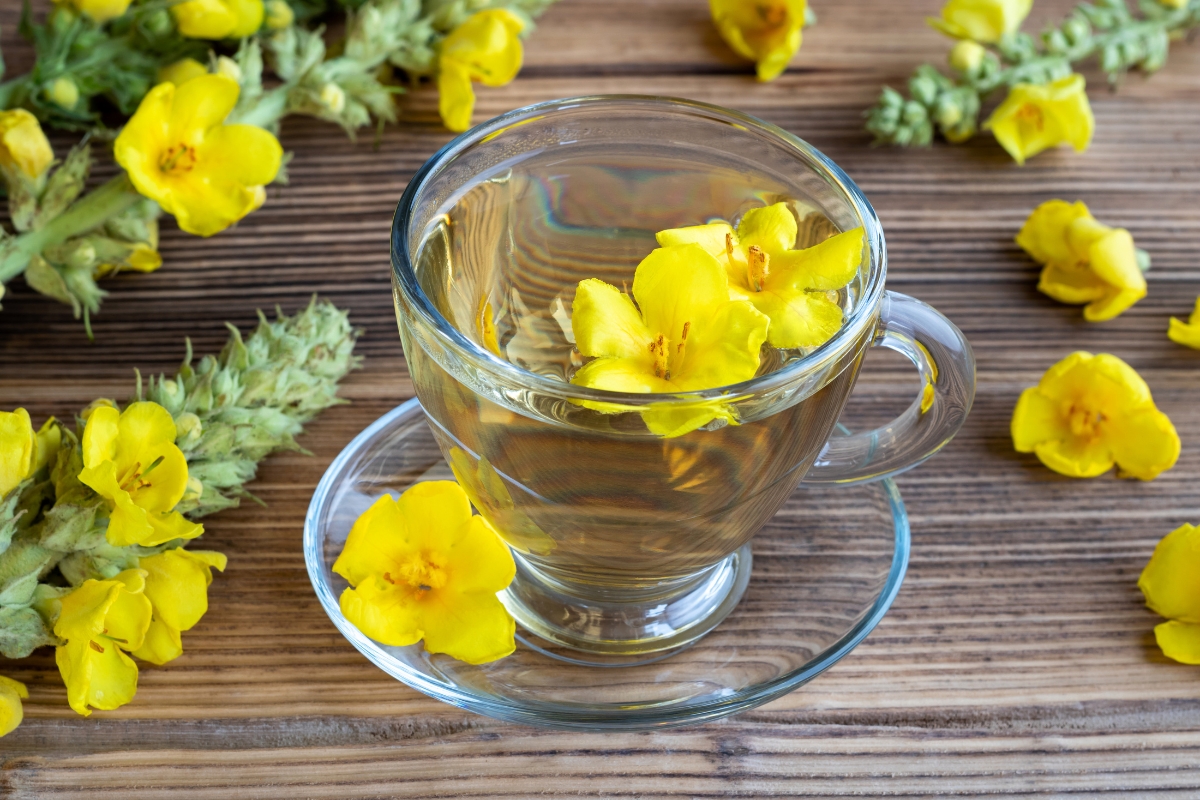
How to Make Mullein Tea
To make a soothing cup of mullein tea you’ll need about 1 to 2 teaspoons of dried mullein leaves and flowers (using one or the other is fine, too) and one cup of boiling water.
Pour the boiling water over the plant matter and let everything steep for 10 to 15 minutes. Because of the fine hairs that cover mullein leaves, you’ll need to strain the steeped tea through a cheesecloth-lined fine sieve.
Enjoy your mullein tea hot or cold, as-is or with a spoonful of raw honey.
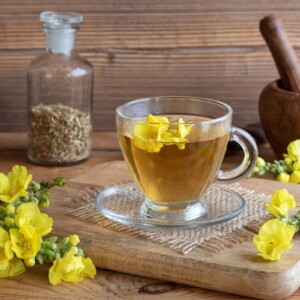
Mullein Tea
Ingredients
- 1-2 tsp. dried mullein plants and/or stems
- 1 cup boiling water
Instructions
- Pour boiling water over plant material and let steep for 10-15 minutes.
- Strain the plant matter using a cheesecloth-lined fine mesh sieve.
- Enjoy tea hot or cold, sweetened or unsweetened.
Nutrition
Nutrition information is automatically calculated, so should only be used as an approximation.
Herbal Tea Recipes
Looking for more homemade herbal tea recipes?
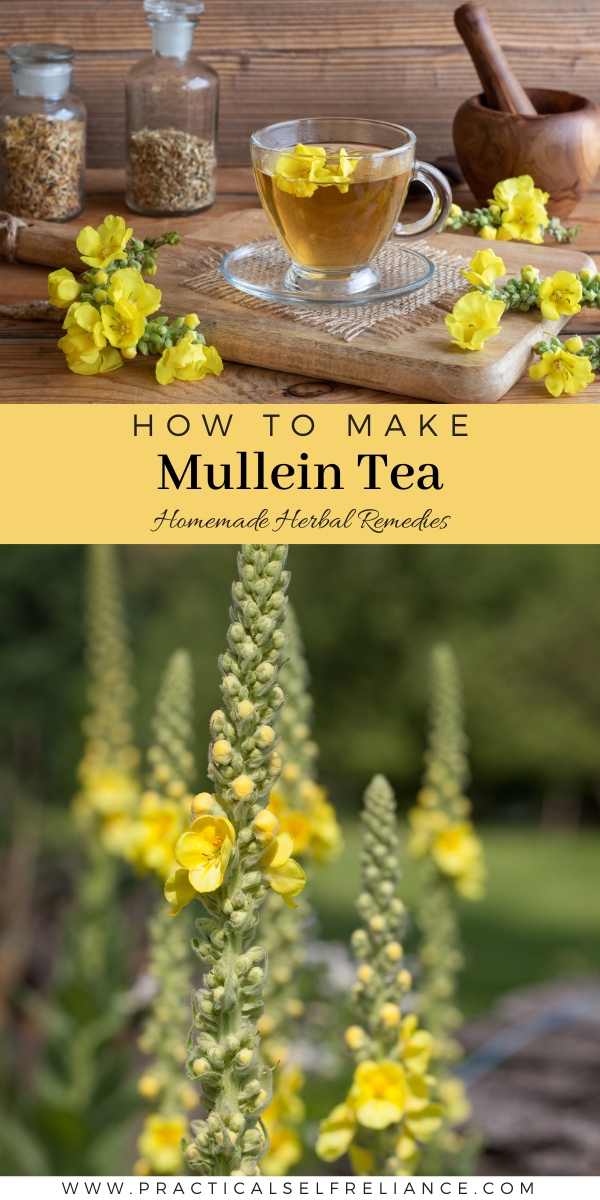
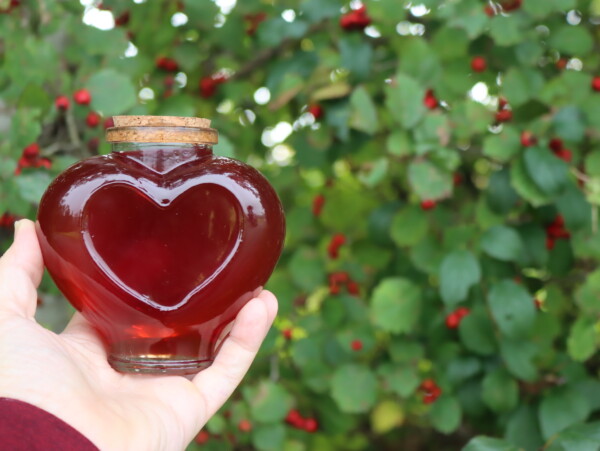
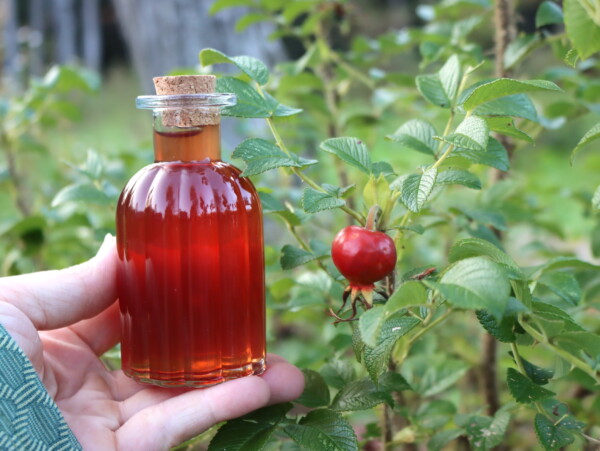
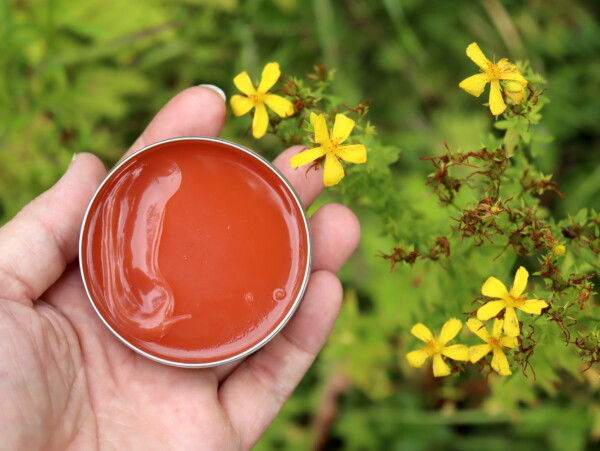
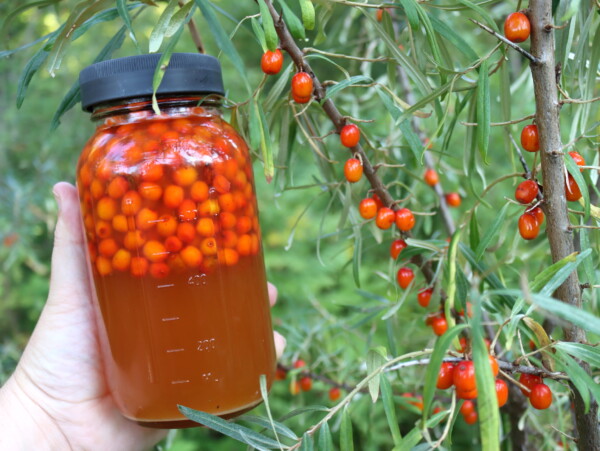
Trying for my hubby who has pneumonia! Hope this tea helps him
Thank you for the recipe! I put 2 tbsp, the taste was quite mild, and I also added a slice of lemon. I like mullein, but I usually take it as mullein leaf drops or extract like this, mixing it with water. That was my first time making mullein tea and it was delicious!
So glad you liked it!